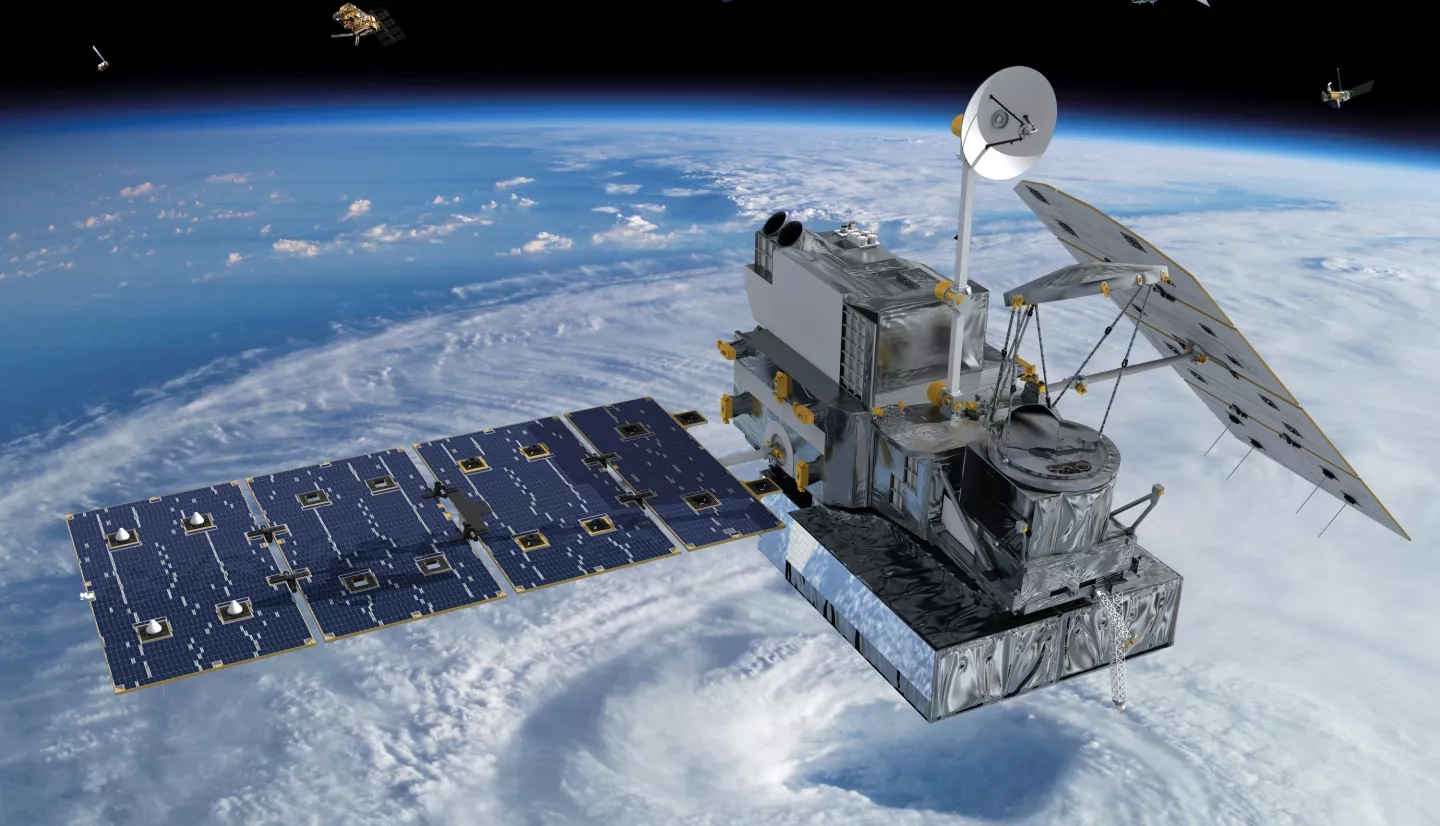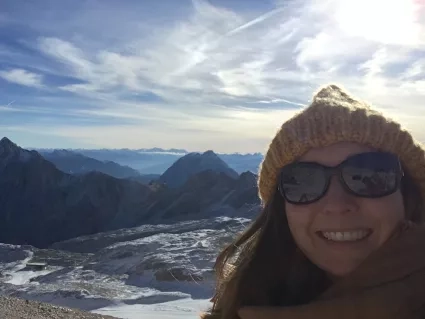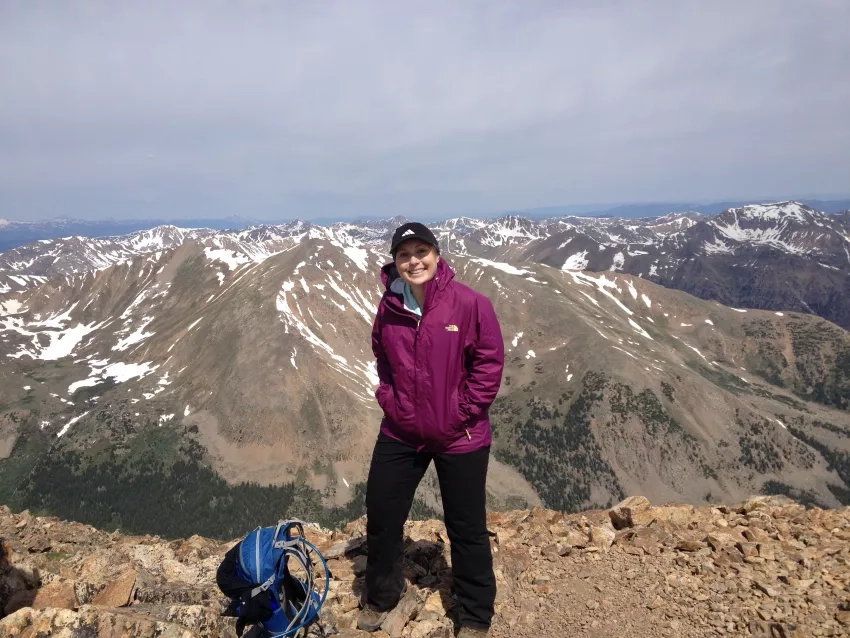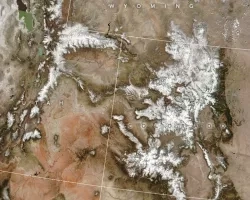Meet Andrea Portier.
By day, Portier is an application and outreach coordinator for the Global Precipitation Measurement Mission (GPM). By night — well, when she’s not at work — Portier can be found exploring local national parks and taking community classes.
Portier spends her time honing her communication skills to help user communities understand GPM data and apply it to the real-world issues they face.
We chatted with Portier to learn how she communicates complex ideas to diverse audiences, why her other career choice would be a wilderness therapy guide, and what advice she would give to her younger self.
How would you describe your work?
From operational groups — such as NOAA’s National Hurricane Center — to private industries to the general public, I work with a number of end-user communities to better understand their needs and facilitate the use of GPM data and products for decision-making. I also work collaboratively with project leads in the Applied Sciences community to make valuable connections between end-users and the GPM team that help manage and produce GPM data and products.
Whether I’m working with conservation groups who are trying to reduce human-elephant conflict or principal scientists assimilating GPM data in weather forecasting systems — it’s exciting to engage with such a wide range of scientists and user communities. I communicate what GPM data are to these end-users and how they can be tailored to specific applications. The community I work with is a large part of why I love my work.
It’s incredibly rewarding to see the impact of satellite data for applications from water resources and agriculture to public health to energy. End users are taking Earth data to help a range of communities around the world. For example, GPM precipitation data can be used as input to produce weekly mobile alerts to help farmers determine when to plant and/or irrigate their crops. These types of weekly alerts have even helped farmers conserve freshwater resources in parts of Pakistan and northern India.
What’s the biggest challenge in your work, and how do you overcome it?
It can be difficult to understand your audience and their needs. It’s important not to waste anyone’s time, so for advanced users, you may just need to guide them to the right place such as the GPM Data Downloads webpage where they can choose the product level, data format and NASA data source to retrieve the data. At the same time, you need to recognize when someone is a new user and needs more guidance.
I constantly think about how to talk to people to clearly convey a message with the amount of information they need. It requires consistency in how I speak and translate the data and information, which has taken some time to develop.
If you could have any other career, what would it be?
Wilderness therapy! I’d be part of the field operations and logistics crew who are knowledgeable about the area, helping therapists work with clients in a wilderness setting.
There’s some really interesting research about how more time in nature can really help people, especially the youth. I’d get to spend all my time outside, hopefully get a chance to nerd out about geology, and still be able to support others and help make a difference in people’s lives.
How do you spend your time outside of work?
I get outside as much as possible: hiking and backpacking. In the Washington, D.C. area, I love exploring the Potomac River hiking trails to stay local, and when I can get out for a longer hike, I enjoy going to the Shenandoah National Park in Virginia.
When I'm inside, I like to bake cookies and cakes, and I like to take community classes. I’ve enjoyed acoustic guitar and language classes because they keep me on my toes and I get to meet new people. I also enjoy traveling to other countries. It gives me a chance to learn about different cultures, practice new languages and take in nature’s beauty around the world.
What advice would you give to your younger self?
Ask for opportunities and keep asking! Whether you’re interested in field, lab or office work, ask if there is anything you can do to help and/or be involved in some way. Those experiences and face-to-face connections are more important than anything else. Also, try to network. Walk up to people and introduce yourself!
With regards to education and training, I would have told myself to take more courses in coding, communications, and in data visualization/ design such as Python and Adobe Illustrator because they’re pretty much universally useful. In general, I think it’s helpful to take as many classes as you can even if they seem completely unrelated because you may find that it takes you down a unique path in life.
Overall, being goal oriented is important, but I believe that it is equally important to have a variety of experiences and develop relationships that may not be part of your initial plan. Never limit yourself to anything, as you never know where that could lead!
Banner Image: An artist's rendition of the GPM Core satellite over a hurricane with some of the other satellites that are part of the GPM constellation of satellites. Credits: NASA







